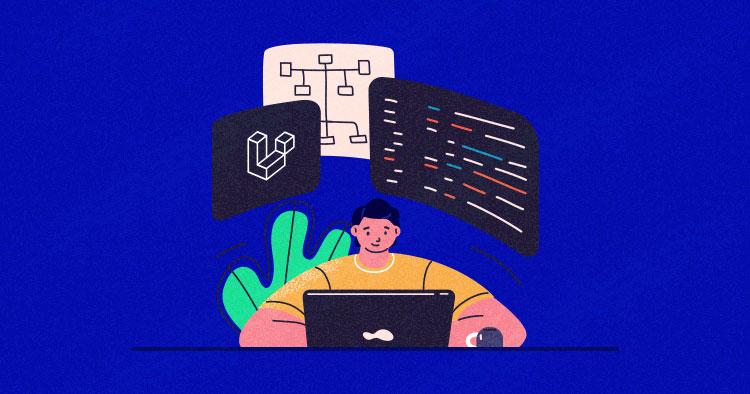
From automating routine tasks to providing deep insights through data analysis, these technologies are driving efficiency, innovation, and growth across various industries. In this in-depth blog post, we will explore how AI and ML are transforming business operations in 2024, with real-world examples and insights into their applications and benefits.
1. Automating Routine Tasks: Increasing Efficiency and Reducing Costs
Overview:
One of the most significant impacts of AI and ML is the automation of routine and repetitive tasks. By automating these tasks, businesses can increase efficiency, reduce costs, and free up employees to focus on more strategic activities.
Applications in Business:
Customer Service: AI-powered chatbots and virtual assistants are handling customer inquiries, resolving issues, and providing 24/7 support. This not only improves customer satisfaction but also reduces the workload on human agents.
Data Entry: ML algorithms can automate data entry and validation processes, minimizing errors and speeding up data management tasks.
Inventory Management: AI systems can predict inventory needs, automate reordering processes, and optimize stock levels, reducing waste and ensuring timely availability of products.
2. Enhancing Decision-Making: Leveraging Data for Strategic Insights
Overview:
AI and ML are enabling businesses to leverage vast amounts of data to make informed and strategic decisions. By analyzing data patterns and trends, these technologies provide actionable insights that drive better business outcomes.
Data-Driven Decision-Making:
Predictive Analytics: ML algorithms analyze historical data to predict future trends, helping businesses make proactive decisions. For instance, retailers can forecast sales trends and adjust their marketing strategies accordingly.
Customer Insights: AI-powered analytics tools provide deep insights into customer behavior, preferences, and buying patterns. This information can be used to personalize marketing campaigns and improve customer experiences.
Financial Analysis: AI systems can analyze financial data to detect anomalies, predict cash flow, and optimize investment strategies, providing a competitive edge in financial management.
Example:
A financial services company could use AI-powered predictive analytics to identify investment opportunities and mitigate risks. By analyzing market trends and historical data, the company can make data-driven investment decisions that maximize returns and minimize losses.
3. Enhancing Customer Experiences: Personalization and Engagement
Overview:
AI and ML are transforming customer experiences by enabling personalized interactions and engagement. By understanding individual customer preferences and behaviors, businesses can deliver tailored experiences that enhance satisfaction and loyalty.
Personalization Techniques:
Recommendation Systems: AI-powered recommendation engines analyze customer data to suggest products and services that align with their preferences. This personalization can significantly increase conversion rates and customer satisfaction.
Dynamic Pricing: ML algorithms can adjust pricing in real-time based on factors like demand, competition, and customer behavior, optimizing revenue and ensuring competitive pricing.
Sentiment Analysis: AI tools can analyze customer feedback and social media interactions to gauge sentiment and identify areas for improvement. This helps businesses respond proactively to customer needs and concerns.
Use Case:
An online streaming service could use AI-powered recommendation systems to suggest movies and TV shows based on a user’s viewing history and preferences. This personalized approach enhances user engagement and retention.
4. Optimizing Operations: Streamlining Processes with AI and ML
Overview:
AI and ML are optimizing various business operations, from supply chain management to human resources. By streamlining processes and improving efficiency, these technologies are driving operational excellence and cost savings.
Operational Optimization:
Supply Chain Management: AI systems can optimize supply chain operations by predicting demand, managing logistics, and reducing transportation costs. This leads to faster delivery times and improved customer satisfaction.
Human Resources: ML algorithms can streamline HR processes, such as recruitment, performance evaluation, and employee retention. AI-powered tools can analyze resumes, match candidates to job roles, and provide insights into employee performance.
Manufacturing: AI-powered predictive maintenance systems can monitor equipment performance and predict failures, reducing downtime and maintenance costs.
Example:
A manufacturing company could use AI-powered predictive maintenance to monitor machinery and predict when maintenance is needed. This proactive approach minimizes downtime and extends the lifespan of equipment, leading to significant cost savings.
5. Driving Innovation: New Business Models and Opportunities
Overview:
AI and ML are driving innovation by enabling new business models and opportunities. From developing new products and services to entering new markets, these technologies are at the forefront of business transformation.
Innovative Applications:
Product Development: AI-driven insights can inform the development of new products and services that meet emerging customer needs and market trends. This accelerates innovation and ensures product-market fit.
Market Expansion: AI-powered market analysis tools can identify new market opportunities and trends, helping businesses expand their reach and tap into new revenue streams.
AI-Powered Startups: Many startups are leveraging AI and ML to create innovative solutions in areas like healthcare, finance, and transportation. These AI-driven businesses are disrupting traditional industries and creating new market dynamics.
Case Study:
A healthcare startup could use AI to develop a telemedicine platform that provides remote consultations and personalized treatment plans. By leveraging AI-driven diagnostics and analytics, the startup can offer high-quality healthcare services to patients in underserved areas.
Conclusion:
AI and Machine Learning are transforming business operations across various industries. By automating routine tasks, enhancing decision-making, personalizing customer experiences, optimizing operations, and driving innovation, these technologies are creating significant